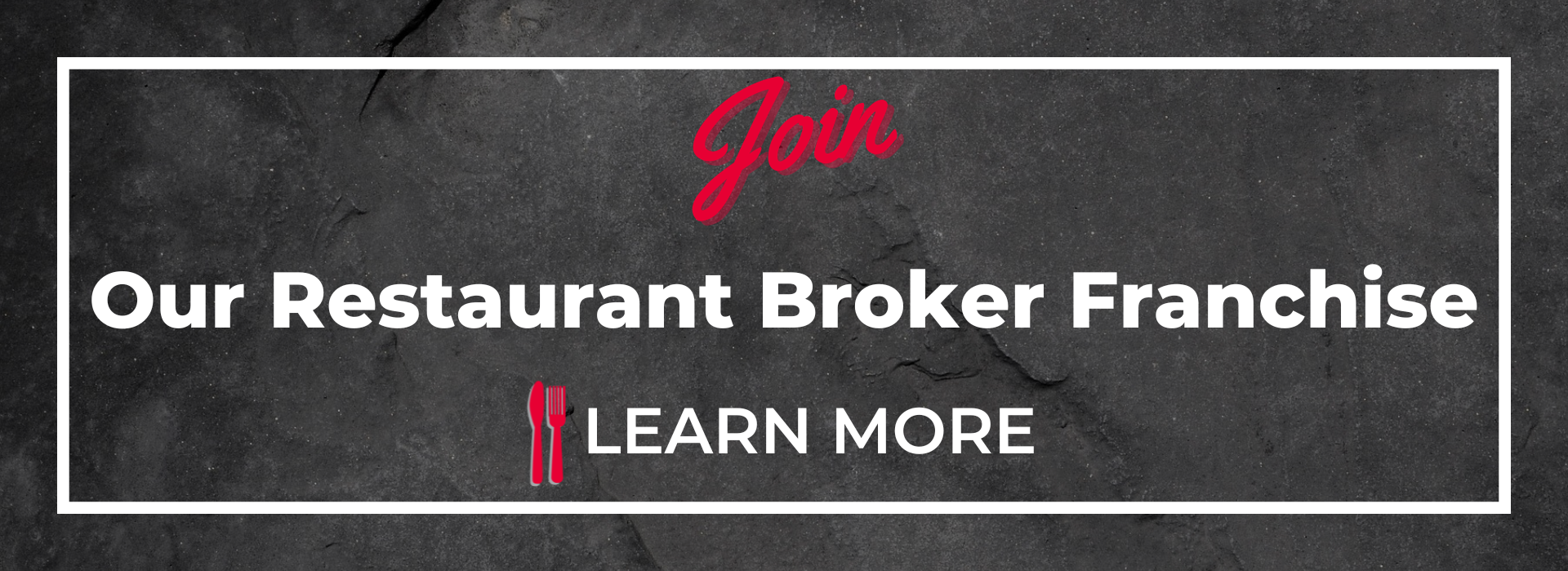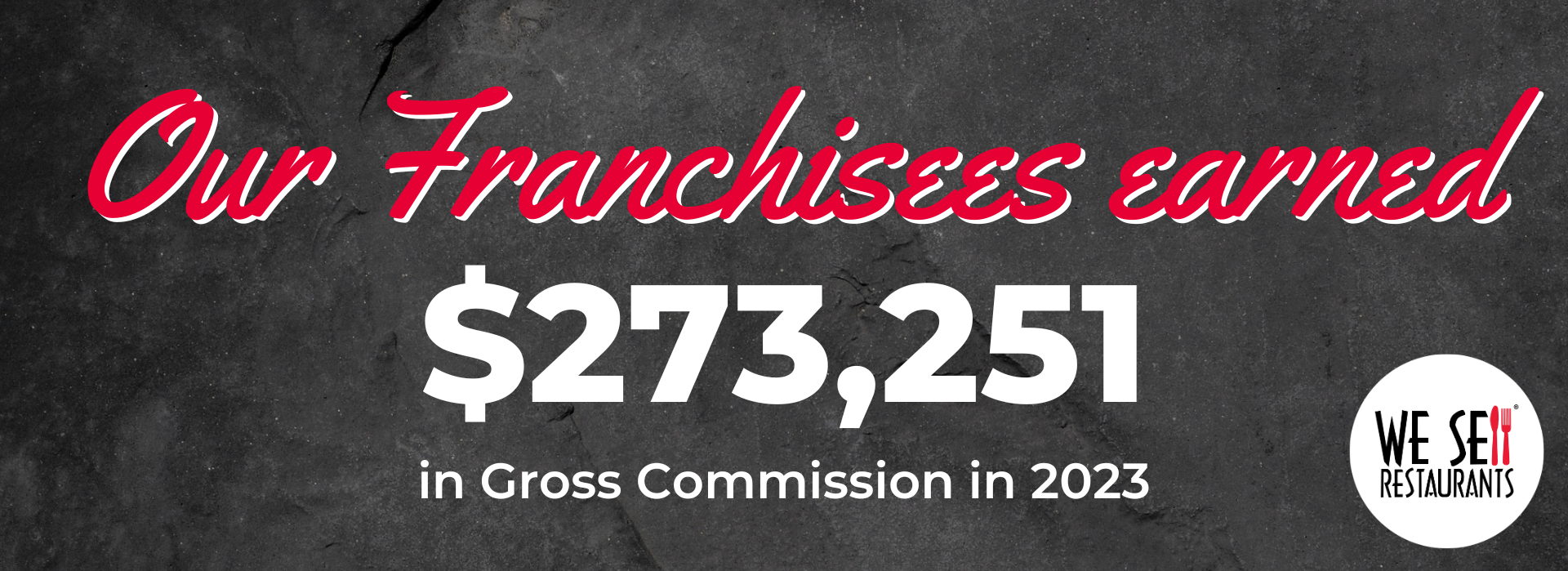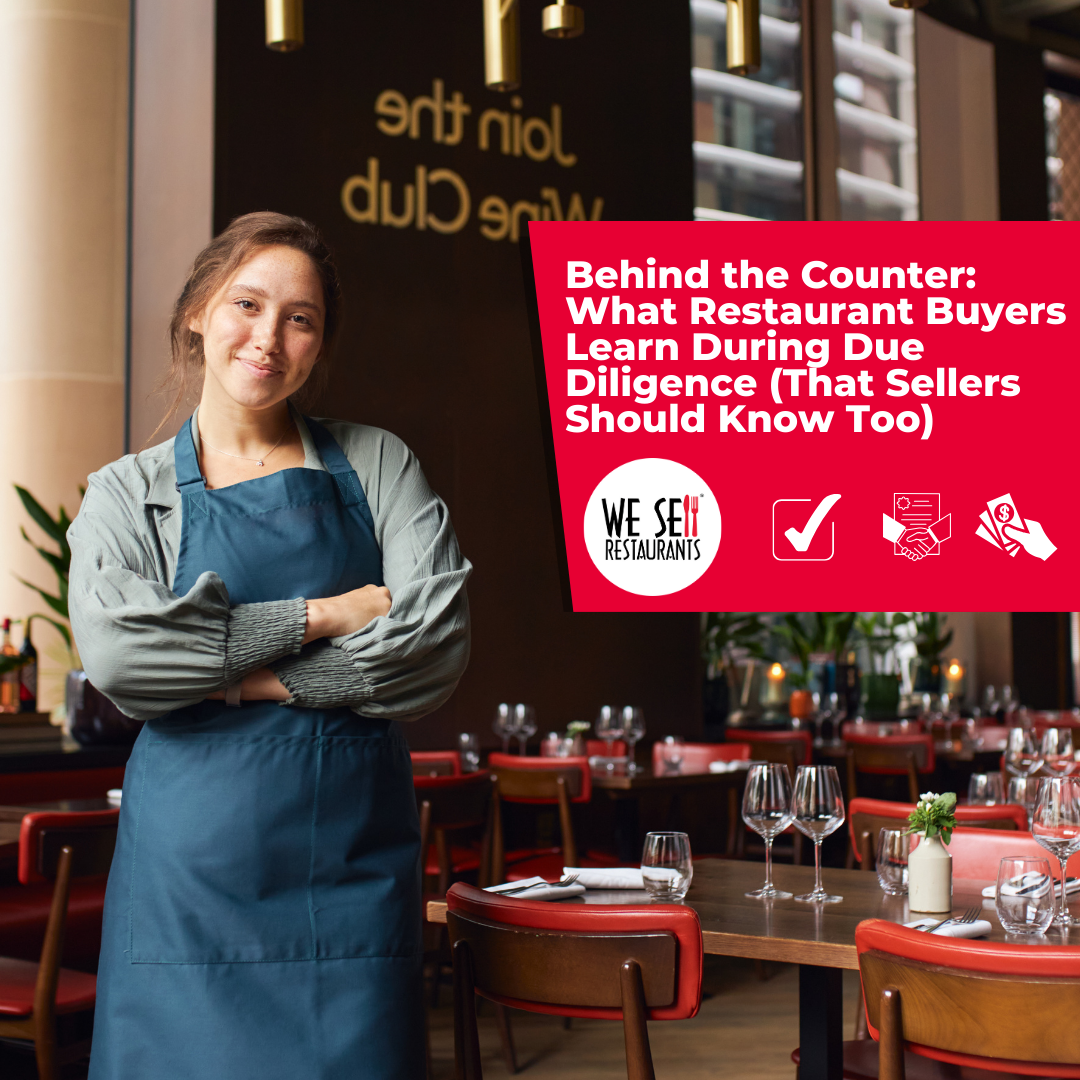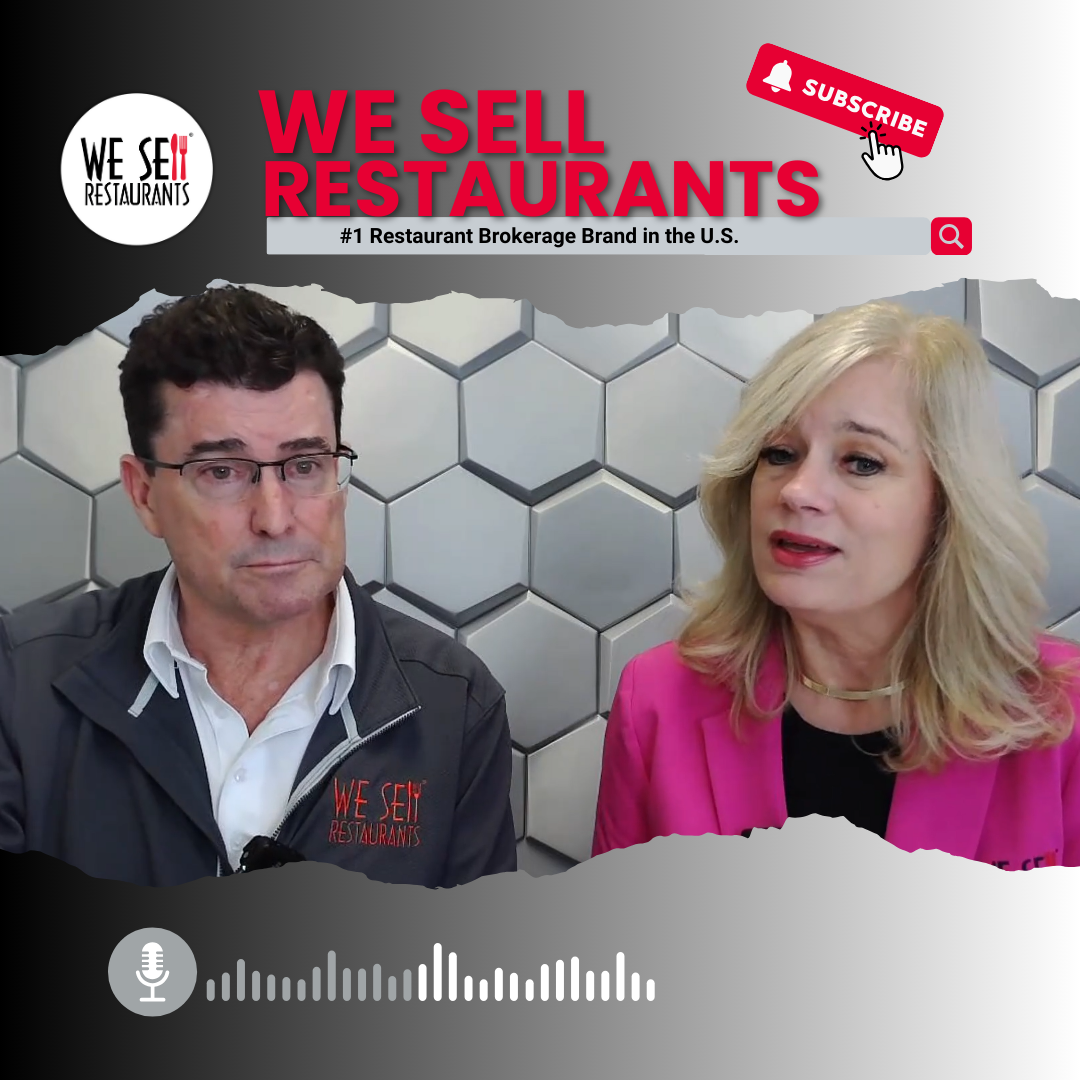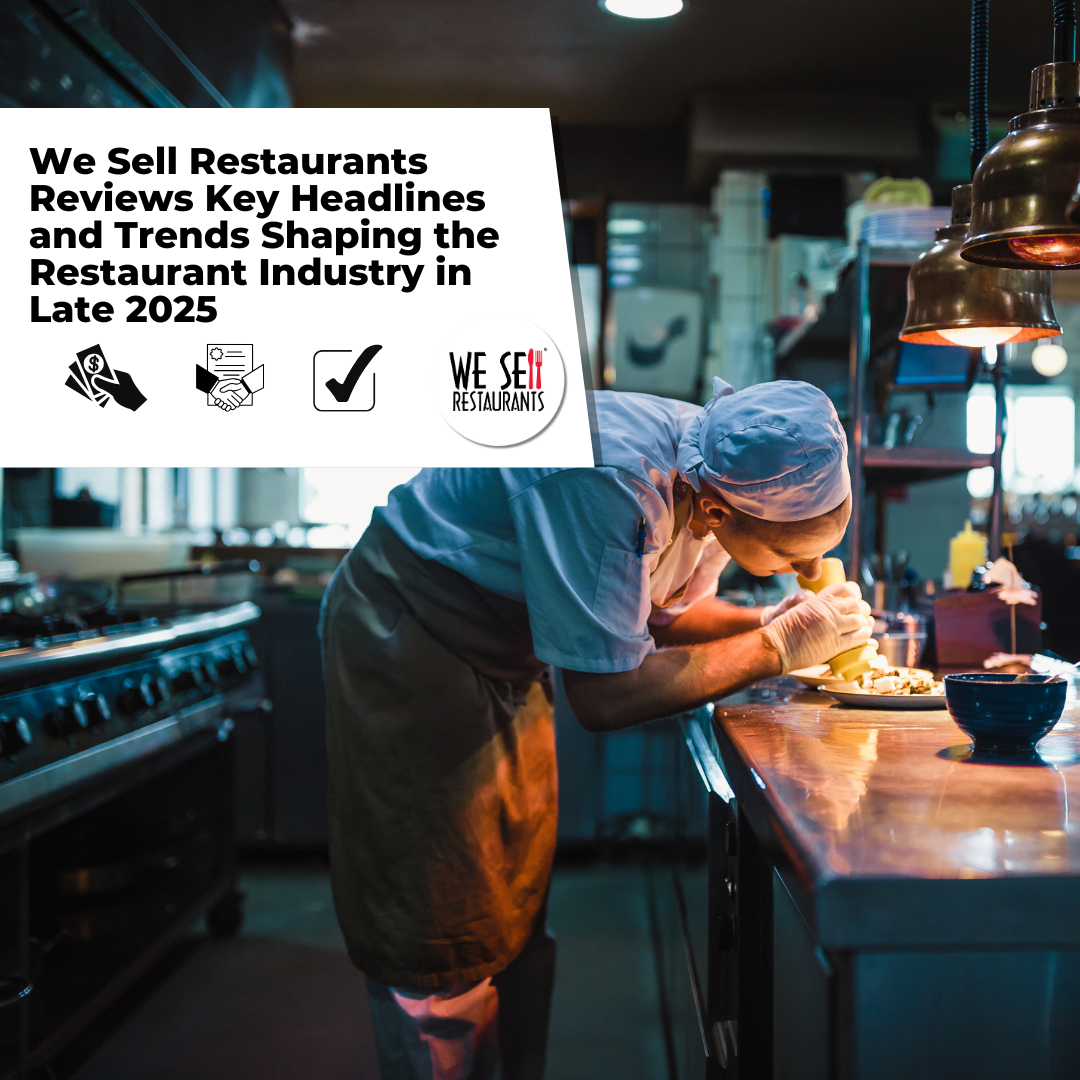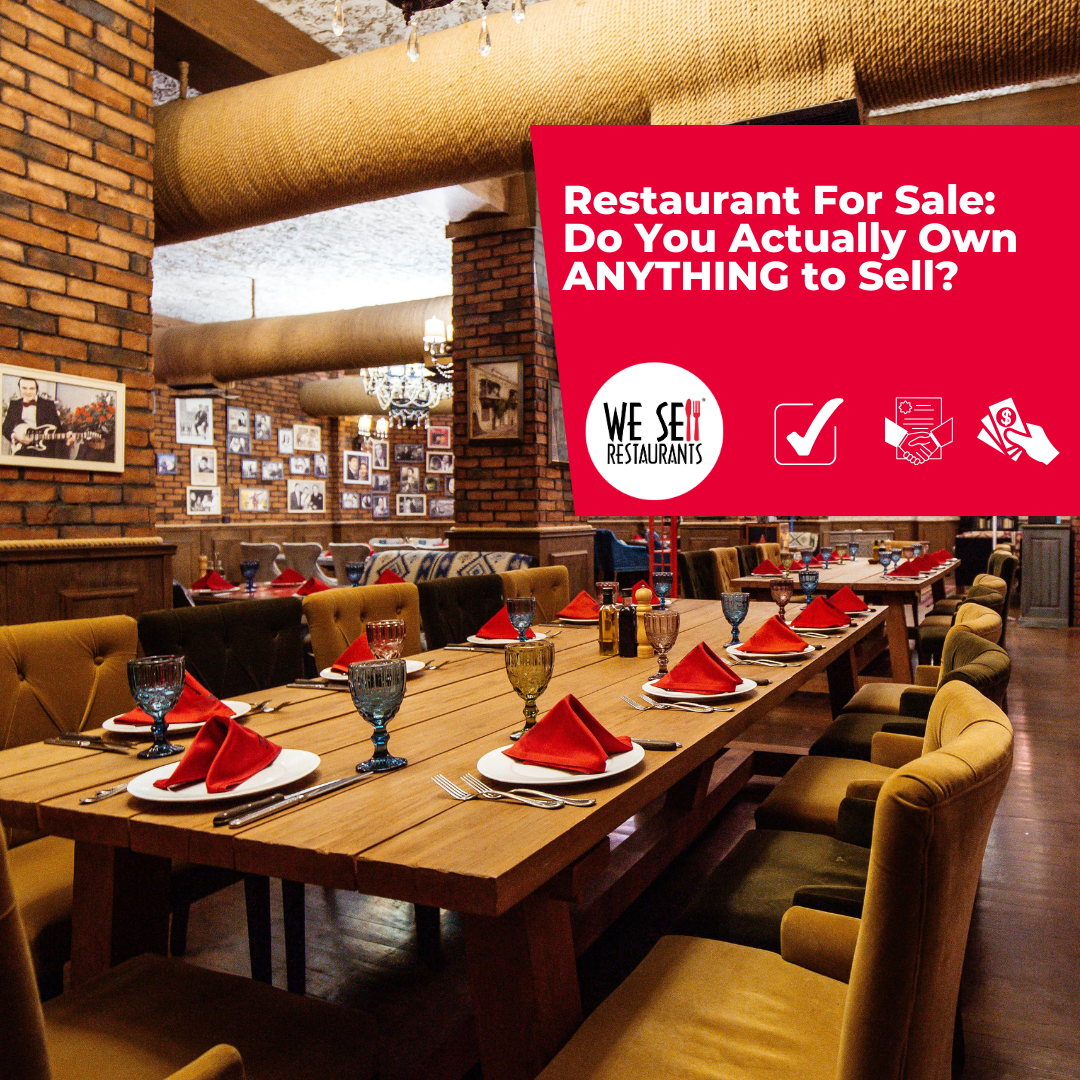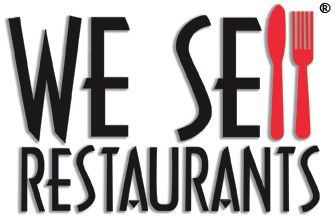The National Restaurant Association released its 2021 State of the Restaurant Industry Report last week. The report covered the impact of the coronavirus pandemic on the restaurant industry and many of the topics that the restaurant brokers at We Sell Restaurants have been writing about this year.
Their survey of 6,000 restaurant operators pegs the estimate of lost sales in the industry at $250 billion dollars. Prior to the pandemic, it was expected that 2020 sales would hit the $899 billion dollar level. To put that into perspective, the American restaurant industry, pre-pandemic, was larger than the gross domestic product of 90% of the world’s countries.
That was not the only bad news. They found that as of December 1, 2020, more than 110,000 restaurants were either temporarily or permanently closed, something we can attest to as restaurant brokers.
.png?width=573&name=Restaurant%20Brokers%20Report%20on%20Latest%20Survey%20Data%20(2).png)
The number of people working in the sector and displaced was also devasting with fully 2.5 million jobs stricken from the economy when measured against employees in the industry pre-pandemic.
While these were negative findings, the pandemic also brought out the resiliency and determination of many in the industry. Survivors, these restaurant owners quickly pivoted to an entirely different business model, a finding supported by the survey data.
Operators previously on the fence about third party delivery quickly got in the game with swift adoption of technology and off-premise apps for both restaurants and consumers.
Will it change patterns for the long term? Absolutely. Fully 68% of the consumers surveyed are more likely to purchase takeout from a restaurant than before the pandemic hit. More than half (53%) say that takeout and delivery are, “essential to the way they live.” Restaurant owners will continue to use this trend to generate valuable sales when dining rooms reopen.
What other changes did restaurant owners make?
Menu Changes
Restaurants dropped items from their menus and streamlined operations to wrestle profitability everywhere they could find it. Food costs were reduced when items on the menu were pared back. National Restaurant Association survey showed that 63% of fine dining operators and half of casual and family dining operators have fewer items on the menu than before the pandemic.
Consumers wanted comfort food and alcohol to face the lockdown orders. Restaurants delivered with 1 in 5 family and casual dining operators adding comfort food type items and 7 in 10 full-service operators adding alcohol to go since March 2020.
Consumer behavior backs these findings since 38% of on-premises and 33% of off-premises customers say their restaurant choices will be influenced by whether the menus include the comfort foods they crave in the survey.
35% of off-premises customers – with millennials leading the category at 53% – are more likely to choose a restaurant if it offers the option of including alcoholic beverages with the to-go order.
Other winning options by restaurant operators were the ways they bundled meals, provided meal kits and in some instances put restaurant subscription services together. The word to the industry was pivot – in stunning fashion in 2020 to delivery what the consumer was seeking.
Staffing Changes
Despite the PPP legislation which kept many restaurants afloat, staffing reductions were a given with closed dining rooms. It was a bad year for restaurant workers as owners learned to do everything with fewer people.
Prior to the pandemic, the restaurant and foodservice industry were projected to provide 15.6 million jobs in 2020 representing 10% of all payroll jobs in the United States.
The results post pandemic show that 62% of fine dining operators and 54% of both family dining and casual dining operators say staffing levels are more than 20% below normal. Hit hardest are the first timer type jobs. There are nearly two million fewer 16-to-34-year-olds in the labor force. Of all industries, restaurants were hit harder from an employment perspective and have the longest climb back to pre-coronavirus employment levels.
The full report is available here. That is a look back. What does the future hold? These restaurants brokers see the following 2021 landscape emerging.
Governors in lockdown states are opening them as they watch other areas weather the crisis without sacrificing economic growth. As they reopen restaurants, pent up demand will drive business. Consumers enjoy dining out and miss the experience.
The vaccine will have the population ready to assemble again. Catering orders will return to full service and quick service restaurants. That will be incremental to the carry out and delivery they have learned so well during the downturn.
There will be fewer restaurants overall and independent full service are the most affected. The quick service and franchise model are healthy and picking up market share.
The $15 minimum wage being pressed by the new administration will mean prices will increase and restaurant owners will pivot around the need for workers, ultimately, leading to fewer overall jobs in the industry. Anticipate more technology applications for ordering (in place kiosks at tables versus servers) and more paper and throwaway utensils (no need for busboys and dishwashers) as the industry simply eliminates more jobs.
The restaurant industry bent but did not break in 2020. Its resiliency, the character of the operators and the human need for personal interaction will lead to a strong recovery in 2021 and beyond.
As restaurant brokers, We Sell Restaurants sees many buyers continuing to enter the industry excited about the future, and confident in the present.
Read also, How Pandemic-Era Technology will Shape Dining Experiences of the Future.

Robin Gagnon, Certified Restaurant Broker®, MBA, CBI, CFE is the co-founder of We Sell Restaurants and industry expert in restaurant sales and valuation. Named by Nation’s Restaurant News as one of the “Most Influential Suppliers and Vendors” to the restaurant industry, her articles and expertise appear nationwide in QSR Magazine, Franchising World, Forbes, Yahoo Finance, and BizBuySell. She is the co-author of Appetite for Acquisition, an award-winning book on buying restaurants.
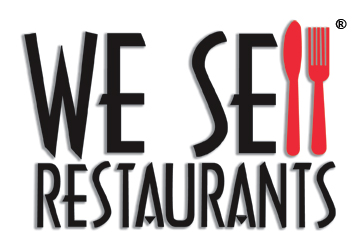
 404-800-6700
404-800-6700

